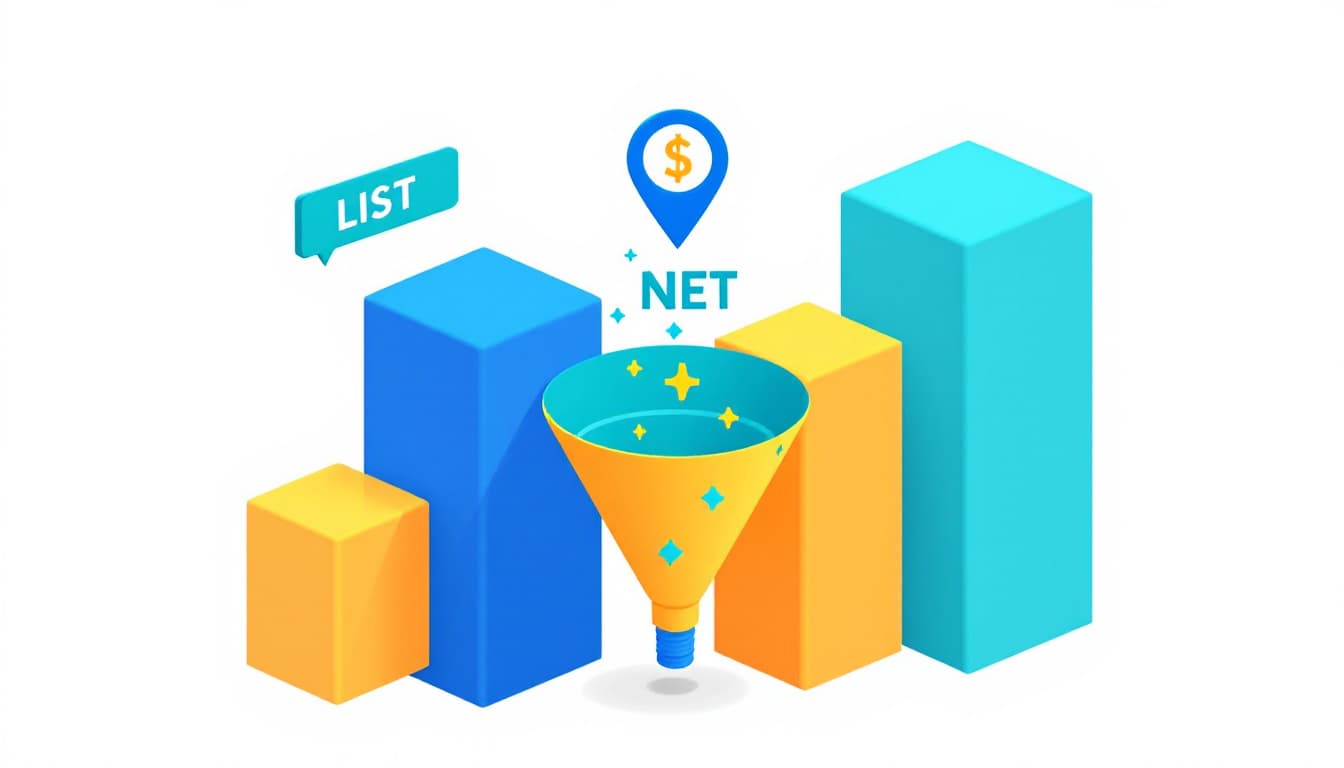Millions of Americans still struggle to pay for the medicines they need. Even with recent policy shifts, the price at the pharmacy counter can feel unpredictable. New plans, often branded as big fixes, promise lower costs and more transparency. One of the latest talking points is a “TrumpRx”-style plan, paired with strong reactions from major drugmakers like Pfizer. So what would a plan like this do, and how might it change what you pay?
Why Drug Prices Are So Confusing
At the heart of the issue are list prices, net prices, and rebates. The list price is what you see on paper. The net price is what gets paid after discounts and rebates flow between drugmakers, pharmacy benefit managers, and insurers. Patients often pay coinsurance or deductibles linked to the list price, not the net price, which can make brand-name medicines feel unaffordable even when insurers negotiate big discounts behind the scenes.
On top of that, benefit designs vary. Some plans have high deductibles. Others have specialty tiers that push more cost-sharing onto patients. For seniors, Medicare has made moves to cap certain out-of-pocket costs, but it’s still a maze if you take multiple prescriptions.
What a “TrumpRx”-Style Plan Could Propose
While details can shift, proposals marketed under this label tend to focus on a few themes: lowering out-of-pocket costs, increasing price transparency, and speeding access to cheaper alternatives. Here are common levers you might see:
- List-price to patient savings: Passing negotiated discounts to patients at the counter so coinsurance reflects the real, lower price.
- Caps on out-of-pocket costs: Monthly or annual maximums, especially for seniors and high-cost specialty drugs.
- Importation pilots: Limited pathways to bring in safe, lower-priced drugs from other countries under strict oversight.
- Faster generic and biosimilar entry: Curbing tactics that delay competition and expanding interchangeability for biosimilars.
- Transparency on middlemen fees: Shedding light on PBM spread pricing, rebates, and administrative fees.
Each lever sounds simple, but every change has trade-offs. For example, passing discounts at the counter can raise premiums if plans lose rebate savings. Importation can help some drugs, but supply and safety checks add complexity. Caps help predictability, yet someone still pays the difference.
How Pharma, Including Pfizer, Is Likely to Respond
Large manufacturers usually support caps that protect patients at the counter, while pushing back on policies that could shrink revenue for new therapies. Expect arguments that heavy price controls may slow R&D, limit access to new treatments, or push launches overseas first. On transparency, drugmakers often say they are ready to show more if PBMs and insurers do the same, since rebates and formulary choices shape what patients pay.
For companies with big pipelines, stability matters. If pricing power drops too fast, investors pull back, and the cost of capital rises. That tension explains why headlines swing between “lower prices now” and “protect innovation.” The truth sits in the middle: patients need relief, and the system needs predictable rules that still reward breakthroughs.

What This Means for Your Wallet
If a plan like “TrumpRx” focuses on out-of-pocket caps and passing discounts to patients, your monthly costs could feel more stable. If you are in Medicare, watch for updates on the out-of-pocket maximum and negotiation lists. If you have employer coverage, check if your plan applies rebates at the point of sale; some already do. For high-cost drugs, ask about manufacturer copay programs and whether biosimilars are covered.
Be ready for trade-offs. Lower costs at the counter can mean higher premiums next year. Formularies may tighten to steer use toward preferred drugs. You might be asked to switch to a biosimilar or a different therapeutic alternative. Always ask your prescriber if the lower-cost option is right for you.
Winners, Losers, and Unintended Effects
- Patients with chronic conditions: Likely to benefit from caps and transparent savings, especially those who hit deductibles early each year.
- Employers and insurers: May see short-term cost pressure if rebates move to the counter; could respond with narrower formularies.
- Pharmacy benefit managers: Greater scrutiny on spread pricing and rebate retention; more pressure to show value beyond rebates.
- Drug manufacturers: Relief if plans curb patient pain at the counter; risk if price controls tighten or if importation expands widely.

How to Prepare as a Patient
- Call your plan: Ask if rebates are applied at the point of sale and whether your drugs have lower-cost alternatives.
- Compare pharmacies: Prices can vary by network. Use your plan portal and pharmacy discount cards when allowed.
- Ask about biosimilars: Many offer similar outcomes at a lower cost. Request clinical and formulary details.
- Use manufacturer support: Copay cards and patient assistance programs can help if you qualify.
- Review timing: If you have a deductible, refill strategies near year-end can change your out-of-pocket costs.

People need clear, predictable drug costs. A “TrumpRx”-style plan would likely push caps, transparency, and faster competition. That could help patients at the counter, but it will also reshape premiums, formularies, and negotiations behind the scenes. Watch the details, ask your plan about point-of-sale savings, and talk to your care team about lower-cost options. Policy will keep shifting, but practical steps can save you money today.
Editor’s note: This article offers general information and is not medical or legal advice. Policies and proposals change. Check your plan and official sources for updates.
FAQs
Will my prescriptions get cheaper right away?
It depends on your plan and which changes are adopted. Caps and point-of-sale discounts help fastest.
Do biosimilars really save money?
Often yes. Savings vary by drug and contract. Ask your plan which biosimilar is preferred.
Could premiums rise?
Possibly. Shifting savings to the counter can raise overall premiums, though out-of-pocket costs may drop.
Related reading: How to find lower-cost alternatives | Biosimilars explained | Understanding deductibles and copays
Sources to monitor: Medicare, FDA Drugs, HHS ASPE. Need help setting the featured image in WordPress or alt text tweaks for SEO?
To contact us click Here .

